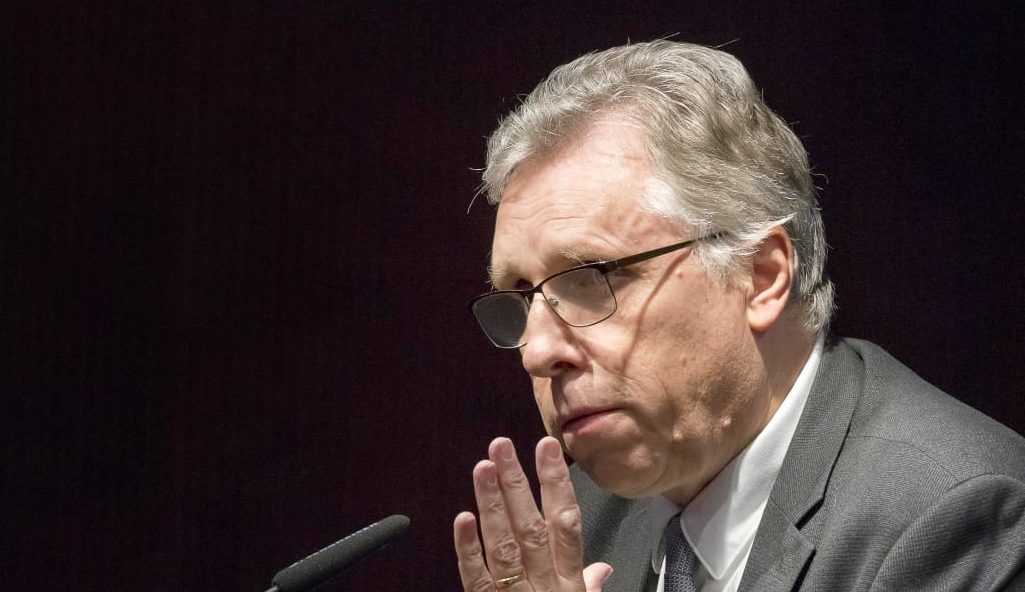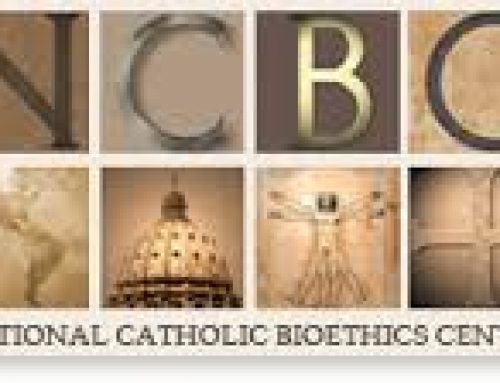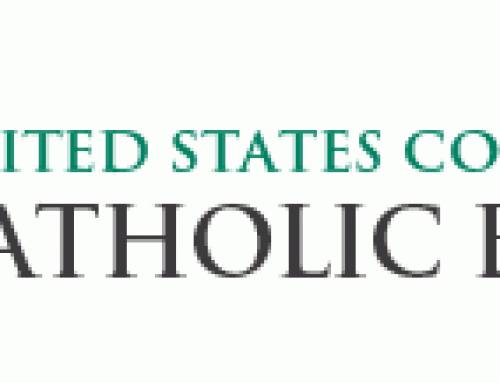Towards a Second Sexual Revolution – On Pornography

- It is an honor for me to to be invited to speak to you during this day devoted tot the theme of Alcohol, Pornography and Adolescence of the Fundació Casa de Misericòrdia de Barcelona and FIAMC. I am a biologist from the Netherland, founder and president of Biofides, an international association for biology and faith, living and workin in Belgium, amongst others with the Belgian Catholic Medical Association Saint Luke and the World-federation of Catholic Medical Associations. I wish to thank in particular Dr. Bernard Ars and Dr. José María Simón Castellví for the trust they have put in me, and allowing me to speak here.
- As a former teacher of biology in higher secondary education, in both the Netherlands and Belgium, and as a ‘child of the sixties’, I am particularly interested in the sexual education of young people. As a biology teacher, you are supposed to inform students about human sexual reproduction, and a question on pornography, can come up during the lessons. Therefore I will focus in my talk on the topic of addiction to pornography, in the broader context of the way we speak about human sexuality in our days.
- I would like to draw your attention to two major developments that have shapes our culture during the last six decades: the sexual revolution of the sixties of last century and the digital revolution of the seventies and later.
- In my view, the introduction of hormonal contraception in the early sixties has played a key role in the sexual revolution that followed in that same decade. The answer of the Church to the questions the so called ‘pill’ raised in moral theology and pastoral practices, the encyclical Humane Vitae, was widely ignored and contradicted, so that the western world adopted hormonal birth control as a normal way of living a sexual life an of family planning. This meant, a separation between the unitive and the procreative function of sexual intercourse within marriage. Sex became, more and more, a goal in it self and only in more ore less ideal circumstances, a child was allowed to be born. When sex is disconnected, intentionally and artificially and, from fertility, it does not necessarily have to be lived marriage, so ‘living together and divorce of separation become more frequent. It does not even have to be lives with a person of the other sex, so homosexuality becomes an acceptable life style. Confusion, even is generated about the sexual orientation (am I homo or hetero?) and sexual identity of the person (gender-confusion). Sex is about instant pleasure, for which I even do not need a partner in the same room: I can do it ‘by myself’, with the help of some imagery and my own body: pornography, almost always followed by masturbation. And this can easily become an addiction.
- The other development, in the seventies and eighties, was the digital revolution: the personal computer, the World Wide Web, laptop computers, the introduction of the smartphone (2007) and the tablet computer.
- As a result, pornography, the imagery people need to reach the end of personal short lived, sexual satisfaction, becomes affordable, anonymous, and very accessible: the three A’s. Affordable: one does not have to go to a shop to buy something and many porn websites are free. Anonymous: nobody will see you, you can surf ‘incognito’. Accessible (your smartphone of laptop is always nearby and connected to the internet
- But there is good news: there are signs underway of a second or new sexual revolution that is slowly taking place. A large contribution to this development is the theology of the body of Saint Pope John Paul II: a catechesis he had already prepared before becoming the bishop of Rome and that were given and publishes in the period of 1979 till 1984, in the format of Wednesday audiences on Saint Peters Square. A key principle in this catechesis is the rediscovery of the ‘spousal’ meaning of the body: can one look at the body as something not only good and essential part of me being a human person, but also called to live a ‘spousal’ life, that is: in a life-giving communion of love, as the Trinity itself is a creative, life giving community of persons and of love, eternally. Husband and wife assure, by their sacramental bond, a “real presence” of God in society, ad it does not surprise me that when we violate the meaning of the human body by the separation of sex and fertility, Gods can be less present i society which becomes then secularized. Rediscovering our the meaning of or body is of the utmost importance to overcome travesties of human sexual behavior like pornography and masturbation. We need to know where our body’s are meant for. Even celibacy is a confirmation of the meaning of the body, as it is the exceptionally asked for, offering of the marital love for the kingdom, a precious sacrifice just because the marital life is such a great gift. This spousal meaning of the body is also inscribed in a logic of the gift of one self, instead of the taking for oneself of another person, of his or her image on the internet, someone I do not know and id being misused, in order to give pleaser to myself. And of course, this new sexual revolution that is taking place, must be accompanied by a responsible use of the internet and my electronic devices. They are meant voor information, education, communication, maybe even entertainment, but not for the selfish satisfaction of my sexual desires and instincts, just on my own, maybe even while my girlfriend or wife is asleep, in the same house.
- For this second sexual revolution, I believe we need to rediscover Gods existence and proximity in our lives. This is the only way we can deeply understand en rediscover Gods plan with the male and female body and develop an ‘adequate anthropology’, as John Paul II puts it, recognize ‘the language of the body’ that speaks for itself: our male and female bodies are meant for unity and fertility in love, husband and wife oriented to each-other, quite different that animals, during the sexual act. So we need to study the theology of the body, which is Church teaching, also abundantly cited in Amoris Laetitiaby pope Francis, even if pornography and masturbation is not our personal problem. For the addicted persons, this study can be decisive for finding the intellectual strength to withstand the temptation of our world.
- Five strategies seem to me of great importance:
- conversion to God and to the truth of our bodies, the plan of God with our male and female body
- devotion to God through prayer, if possible a somewhat longer time of prayer per day, if possible before the blessed sacrament, confession, eucharist, being renewed in the Holy Spirit, so not just a traditional and morally not so bad christian…
- education in families, parishes, schools, universities
- reparation through programs that help people to become free from sexual and other addictions
- evangelization: spreading good news about the human body, about mercy, by word and by our example of chastity and personal holiness, not without ‘the joy of love’
- Some ‘battled fields’ are
- couples, families children, adolescents
- primary, secondary and higher education
- science and medicine
- old and new media
- and the Church itself, by charitable but solid and joyful preaching and teaching, good pastoral programs, especially for adolescents and young people, and by evangelization: going to the peripheries of our society, there where the addicted actually are: on the internet
- Some excellent program in the English speaking world are most helpful, like that of an former pornography addict in America, Matt Fradd, who wrote a excellent book on’ The Porn Myth’ and developed a 21- day porn detox program called Strive, that is online available: www.cardinalstudios.org/strive
- Sexaholics Anonymous (video): www.sa.org
- Another two resources are to be mentioned: Chastity Project, (www.chastity.com) founded by Jason and Chrystalina Evert from California, who have spoken to more than one million people on six continents, about the virtue of chastity: “the successful integration of sexuality within the person and thus the inner unity of man in his bodily and spiritual being” as the Catechism of the Catholic Church puts is in § 2337. How much would I love to have thousands of young pupils in front of me in a gym, as you can see on this picture, me talking about the beauty of sex and fertility, and Gods love reflected in the bodily unity of a man and a woman, faithfully and totally given to each other
- An American book that can be helpful ’Sex au natural’, written by the Canadian catholic apologist Patrick Coffin, ‘who fell in love with Humane Vitae’ and who helps us to put pornography in the broader context of a truly catholic, universal, perspective of human sexual reproduction. www.patrickcoffin.net/product/sex-au-naturel.
- And or course, there is the complete theology of the body, in English published by Michael Waldstein and explained and vulgarized by Christopher West and others. www.tobinstitute.org.
May a complete re-education of our culture, through the motion of the Holy Spirit and our active participation in the grace of renewal, lead us to that new, second sexual revolution that will produce sexual fulfillment and happiness for men and women, united in love and joy.
¡Gracias por su atención! – Gràcies per la vostra atenció!
Barcelona, May 8th
Vincent Kemme – Biofides.eu









